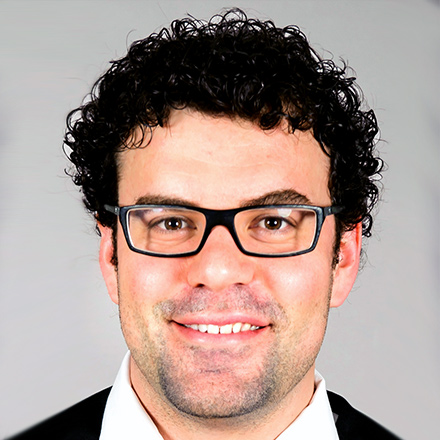Currently working within the Department of Periodontology at the University of Southern California in Los Angeles. He is also an Adjunct Visiting Faculty in the department of Periodontology in Bern, Switzerland where he completed his PhD studies since 2009. He has currently published over 150 peer-reviewed articles and lectures internationally on many topics relating to growth factors, bone biomaterials and guided bone regeneration. He has recently been awarded many recent international prizes in dentistry and is widely considered as one of the top contributors to implant dentistry having won the ITI Andre Schroeder Prize, the IADR Young Investigator of the Year in the field of Implant Dentistry, and the American Academy of Implant Dentistry Young Investigator grant award. He has written 2 textbooks widely distributed in regenerative dentistry including his most recent in 2019 titled: “Next Generation Biomaterials for Bone and Periodontal Regeneration” with Quintessence and a 2nd in 2017 titled: “Platelet Rich Fibrin in Regenerative Dentistry: From Biological Background to Clinical Indications” with Wiley.
Click here for abstract:
 Next Generation Biomaterials for Bone and Periodontal Regeneration
Next Generation Biomaterials for Bone and Periodontal Regeneration
New and innovative biomaterials are being discovered or created in laboratories at an unprecedented rate, but many of them remain entirely foreign to practicing clinicians. This talk addresses this gap in knowledge by summarizing some of the groundbreaking research performed to date on this topic and providing case examples of these biomaterials at work. The talk will begin by discussing recent advancements in bone grafting materials and finish off discussing the importance of growth factors in regenerative periodontology. An overview on enamel matrix derivative (Emdogain) will be presented with new indications and future research on the topic discussed.
 Biological Aspects of Platelet Rich Fibrin
Biological Aspects of Platelet Rich Fibrin
The use of platelet concentrates has had a long-history of use in various fields of medicine as an autologous source of growth factors fabricated utilizing centrifugation of blood under various conditions. While platelet rich plasma (PRP) was proposed as a first-generation platelet concentrate over 3 decades ago, over the past 10 years, platelet rich fibrin (PRF) has seen a steady increase in utilization for a variety of medical procedures due to its lack of anti-coagulation factors favoring fibrin clot formation and faster wound healing. More recently, further research has demonstrated that shorter and slower centrifugation spin cycles (‘the low speed concept’) additionally favors wound healing by incorporating higher populations of white blood cells and progenitor cells within the PRF fibrin matrix leading to higher growth factor release within the local micro-environment. Parallel to these findings, the development of a liquid PRF provides a new formulation of liquid PRF without using anti-coagulation factors that may specifically be combined with currently available bone biomaterials favoring particle stability, angiogenesis and tissue integration. This talk aims to highlight the recent advancements made with respect to the newest formulations of platelet concentrates including recent developments in horizontal centrifugation and liquid concentrated-PRF to further speed wound healing and tissue regeneration for various clinical indications faced in routine daily dental practice.


